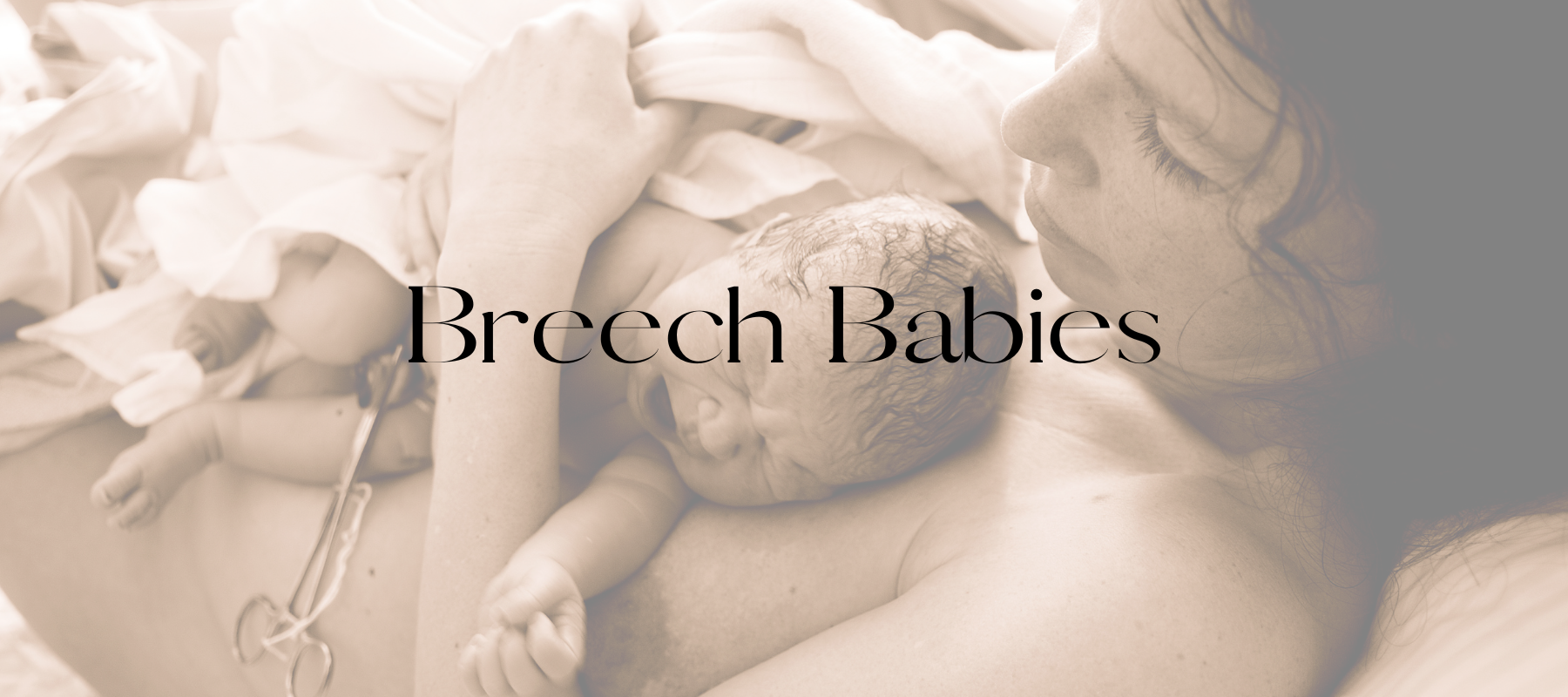What happens after you deliver your baby?
The delivery of the placenta and its membranes, also known as the third stage.
This delivery of the placenta involves the uterus gently continuing to contract to loosen and then shear the placenta from the uterine wall. This then subsequently ‘pushes out’ the placenta. It is normal for this process to occur within 5-30minutes after the birth of the baby in a vaginal delivery. The uterus will then continue to contact to stop the bleeding resulting from the placenta separating from the uterine wall. However, it can be normal to have some moderate blood loss, up to 500mls. One of the potential complications of this stage is excessive bleeding known as a post-partum haemorrhage. Due to this potential risk the third stage is carefully monitored and there are three different approaches to the management.
- Physiological Management
- Active Management
- Modified Active Management
- Physiological Management of placenta delivery
Physiological management of delivering the placenta involves waiting for the placenta to naturally separate from the uterine wall and then be pushed out of the birth canal by gentle contractions. During this management the doctor or midwife will delay clamping and cutting of the umbilical cord to allow oxygenated blood to fully transfer from the placenta to the baby.
Active Management of placenta delivery
Active management of delivering the placenta has been shown to reduce the risk of postpartum haemorrhage post birth and involves the midwife or doctor administering an intramuscular injection of oxytocin. This injection aids with the separation of the placenta and with uterine contractions. The midwife or doctor will then clamp and cut the umbilical cord and then use manual traction to speed up the delivery of the placenta.
Active Management of placenta delivery is recommended for:
- Twin pregnancy
- Polyhydramnios
- Excessive bleeding during pregnancy & labour
- Low lying placenta
- History of retained placenta
- Anaemia
- An induced labour
- A long labour
- An assisted birth
- A caesarean
- Modified Active Management of placenta delivery
Modified active management of placenta delivery is a combination of physiological and active management. It involves majority of the active management however it includes delayed cord clamping.
What are the signs of placental separation?
1 – The lengthening of the umbilical cord can indicate placental separation. As the placenta separates from the uterine wall and is pushed into the lower segment of the uterus the externally visible cord will lengthen.
2 – The uterus becomes firmer and more globular in shape. This is caused by the placenta descending into the lower segment of the uterus.
3 – The uterus rises in the abdomen. This is caused by the placenta then descending into the vaginal resulting in the uterus being moved upwards.
4 – A gush of blood. This is caused by the retroplacental clot which normally forms centrally and subsequently ‘escapes’ following separation of the placenta from the uterine wall. However sometimes this clot can be seen before complete separation of the placenta and therefore isn’t the most reliable indicator.
There are 2 different placenta detachment methods: Schultze vs Matthew Duncan
Schultze
- The placenta separates from the uterine wall centrally and therefore folds in on itself as it descends into the lower segment of the uterus.
- The placenta is birthed with the fetal side visible and the membranes trailing behind
- There is minimal visible blood loss as the retroplacental clot is contained within the placenta and membranes
Matthew Duncan
- The placenta separates from the uterine wall at its lower edges
- This results in the placenta being birthed with the maternal surface visible
- There is normally increased blood loss due to a slower separation of the placenta and the retroplacental clot not being contained within the placenta and membranes.
All info reference from the Queensland Government (2020) Stages of Labour. Retrieved from Third stage of labour | Health and wellbeing | Queensland Government (www.qld.gov.au)
And
John R Smith (2024) .Medscape. Management of the third stage of labour. Retrieved from Medscape Registration



